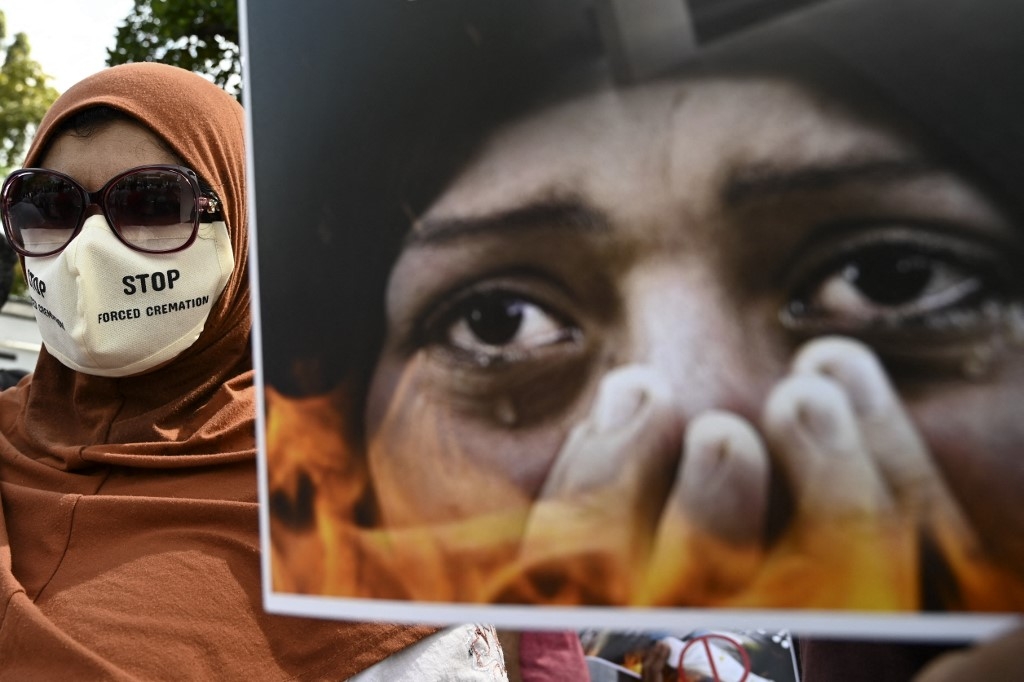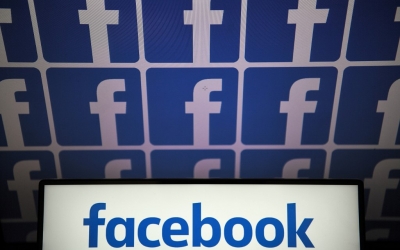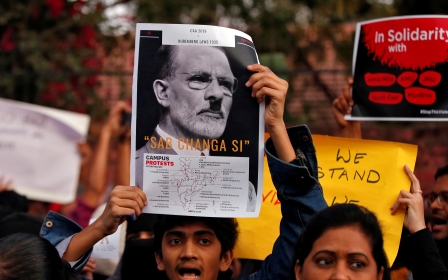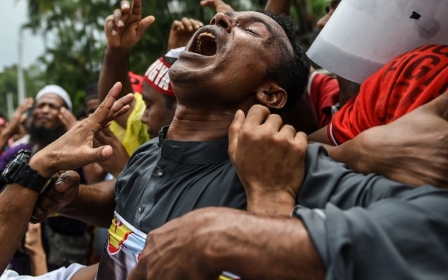Sri Lanka: Discrimination against Muslims and Tamils is getting worse

Sri Lanka recently passed regulations allowing detention without trial for two years for those suspected to have caused “religious, racial or communal disharmony”. This is a significant expansion of the already notorious Prevention of Terrorism Act (PTA), which has historically been used to target Tamils and Muslims.
Alongside a proposed ban on Islamic face coverings and the closure of more than 1,000 Islamic schools, this move is a further indication that Sri Lanka seems determined to repeat its past. Sri Lanka has consistently used laws to marginalise vulnerable communities, and these latest actions continue policies designed to oppress Tamils and Muslims, while strengthening the majoritarian ethnocracy that has dominated the country since shortly after its independence in 1948.
After the perceived vanquishing of the Tamils, Sri Lanka was in need of a new enemy. Islamophobia became commonplace
The Sinhalese, the majority of whom are Buddhist, make up more than 70 percent of the country’s population. Sri Lanka’s post-independence nation-building project emphasised Buddhism to the detriment of other communities. Leaders envisaged the island as a Buddhist stronghold, and their particular brand of Theravada Buddhism was ethno-nationalist in nature.
According to Sinhalese scriptures, Sri Lanka was the land of the Sinhalese from ancient times, and a place where Buddhism must be protected. Other communities were invaders, who either didn’t belong or were there at the benevolence of the majority. This was formalised in the country’s constitution, which says it is the state’s role to “protect and foster” Buddhism.
The systematic privileging of Sinhalese Buddhism was done initially through legislation, by enacting discriminatory laws against Tamils, but took on increasingly violent forms, including the targeting of Tamils in pogroms that killed thousands and destroyed thriving Tamil commerce, particularly in the capital.
New MEE newsletter: Jerusalem Dispatch
Sign up to get the latest insights and analysis on Israel-Palestine, alongside Turkey Unpacked and other MEE newsletters
The initially peaceful Tamil resistance of the 1960s and ‘70s, demanding equal rights and autonomy, was met with violence, which in turn fuelled popular demands for a separate Tamil state. The state, in response to militant Tamil youth, enacted the PTA in 1979, which gave security forces and the judiciary wide-ranging powers.
Declaring a state of emergency, Sri Lankan security forces arrested Tamil youths en masse, torturing them and in many cases forcibly disappearing them. The violence of the state pushed more and more Tamils to support the armed resistance, giving rise to a fully-fledged militancy that fought an all-out war with the Sri Lankan military, until its end in 2009.
The state’s brutal crackdown, supported and presaged by oppressive legislation, was successful in its own eyes.
Historic homeland
It is important to understand why the Sri Lankan state targeted Tamils in the way it did. Eelam Tamils, as Tamils native to Sri Lanka are also known, had a distinct identity and the concept of a historic homeland in the island’s northeast, which was at odds with what the majority envisaged. Rejecting the minority label, Tamils purposefully declared themselves as a separate nation within Sri Lanka, and increasingly mobilised around this identity.
This was a major obstacle to Sri Lanka’s nation-building project, and thus could not be tolerated. The common Tamil view of this situation as a genocide stems from the belief that the Sri Lankan state’s intent is to dismantle the Tamil identity and subsume it within a primarily Sinhalese-Buddhist Sri Lankan national identity, in which other communities play a subordinate role.
While Sri Lanka’s war ended 12 years ago with the defeat of the Liberation Tigers of Tamil Eelam, the conflict didn’t end. The state continued to oppress Tamils through the suffocating militarisation of the northeast. But it also set its eyes on a new target: the Muslim minority, most of whom also speak Tamil and had largely aligned with the state in its fight against Tamil militants. When the war ended, they had outlived their usefulness in the eyes of the state.
After the perceived vanquishing of the Tamils, Sri Lanka was in need of a new enemy. Islamophobia became commonplace, escalating into violence targeting Muslims and their businesses. The state took no action against perpetrators, and anti-Muslim campaigns, often led by Buddhist monks, proliferated.
After the Easter bombings by Islamic State-linked militants in 2019, Islamophobia exploded. Instead of acting to protect Muslim Sri Lankans, however, the state continued to marginalise them.
Wanton cruelty
The state also forced the cremation of Muslim Covid-19 victims, denying a dignified laying to rest in a burial, as per Islamic beliefs. This wanton cruelty, which began in March 2020 and continued despite global outrage, ended only recently, with the UN Human Rights Council session giving increased attention to Sri Lanka’s failure to pursue accountability for mass atrocities committed during the war.
But while international pressure did cause the government to somewhat relent this time, more is to come. The current government under President Gotabaya Rajapaksa, himself accused of overseeing gross human rights violations, has been particularly committed to seizing any opportunity to hurt non-Sinhalese communities. As soon as the forced cremations were halted, the government announced it would look at banning Islamic face coverings and closing Islamic schools.
Tamil memorialisation activities, linked to the war and the armed resistance, also remain restricted. Last year’s Tamil Remembrance Day commemorations faced severe restrictions by the government, and this past January, a memorial was demolished - the latest among dozens of Tamil memorials and war cemeteries destroyed by the state.
Human rights groups have been calling for the repeal of the PTA since the 1980s. Yet, the draconian legislation, first said to be a temporary measure, remains in place.
The greatest opportunity for repeal was during the 2015-2018 "good governance" regime, but instead of holding Sri Lanka to its commitment to do so, the US and the EU prematurely rewarded
And notably, despite the recent uptick in violence against Tamils and Muslims, the EU has just agreed to fund capacity-building for Sri Lanka’s counterterrorism efforts and its war crimes-accused security forces, together with the UN and Interpol, in a project worth $5m.
International pressure
Last Tuesday saw the UN Human Rights Council pass an important resolution that would place Sri Lanka under further scrutiny and establish an international mechanism to collect evidence of rights abuses. Sri Lanka’s immediate rejection of the resolution confirms that there is no political will to deal domestically with the crimes that occurred.
It’s also further evidence that the international community cannot rely on this forum alone. While efforts at the council are limited by institutional constraints, they are still useful leverage. Sri Lanka certainly seems to focus on the council as the biggest “threat” it’s facing - but the international community cannot rely on this very limited forum alone.
Individual countries have to use their own bilateral relationships in ways that give Sri Lanka limited options, other than to address longstanding grievances. In parallel, international efforts have to get underway to address international crimes. If Sri Lanka is allowed to continue to go down the path it’s going, its future will look remarkably like its past.
The views expressed in this article belong to the author and do not necessarily reflect the editorial policy of Middle East Eye.
Middle East Eye delivers independent and unrivalled coverage and analysis of the Middle East, North Africa and beyond. To learn more about republishing this content and the associated fees, please fill out this form. More about MEE can be found here.







